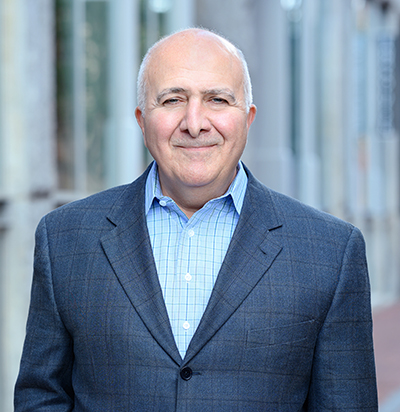
The COVID-19 crisis transformed consumer expectations around healthcare delivery—and now the bell can’t be unrung. After an initial spike in telehealth usage that was 78 times higher than normal, the latest data from McKinsey shows that utilization is now 38 times higher than pre-pandemic levels and holding strong. It’s easy to see why: Telemedicine is a convenient, cost-effective, efficient way of accessing quality care.
Unfortunately, a return to outdated, draconian policies and regulations threatens to bring this progress to a standstill, restrict vital telehealth access to millions of Americans, and exacerbate health inequities.
Demand for virtual care skyrocketed during the onset of the pandemic, and in response, many barriers to access were temporarily lifted so patients could connect with providers in the safety of their own homes. Insurers expanded telehealth coverage and some states eased online prescribing requirements. All 50 states and the District of Columbia, as well as CMS, waived state licensure requirements so physicians could treat patients virtually across state lines. These flexibilities opened up a wave of record-breaking new investments in digital health technology, providing patients with new options in telehealth services and remote-monitoring solutions.
However, only 23 states still have those licensure waivers in place, and the future remains unclear for expanded telehealth benefit coverage and loosened prescription regulations. These barriers were established during a time when the technology wasn’t readily available or fully vetted. But now that new forms of digital communication have been widely adopted and telehealth platforms are demonstrably secure, these restrictions are antiquated.
This would be like requiring major U.S. corporations with customer support call centers to establish different locations in all 50 states that are individually licensed for each one, versus operating one central location—and then prohibiting consumers from speaking with a representative in another state. It doesn’t make sense. Initiatives such as the Alliance for Connected Care and Telehealth Access for America are a step in the right direction, as well as the Interstate Medical Licensure Compact, which helps physicians streamline the process of practicing across multiple states. But until legislation lifts restrictions, it’s simply not enough to support the pace of change.
Permanently eliminating geographic and financial barriers to telemedicine is essential to reducing the healthcare access gap, providing consumers with greater choice in their medical care, and encouraging continued innovation in the digital health space.
Supporting telemedicine across borders will also drive industry to make digital health technologies more connectible, allowing patients to share data with telehealth providers from any location. There’s only so much a clinician can assess virtually without data—but when patients can submit their own diagnostics and their remote medical devices can link directly to their electronic medical records, it allows telehealth providers to review patient information, garner insights, and make more accurate diagnoses during virtual consultations.
The telemedicine technology is there—it just took a global health crisis to pave the way for greater adoption. While there are still other significant additional barriers, such as the need for increased broadband access and security measures, implementing permanent state licensing reforms and expanding telehealth benefit coverage would set the stage for more effective, efficient care that gives patients greater autonomy and promotes industry innovation. As policymakers, providers and insurers consider telemedicine moving forward, it would be a mistake to backslide into the outdated policies and regulations that restrict access to digital health solutions and prevent improved patient outcomes.
Related Articles
-

Its success lies in a synergy between the technological and the clinical.
-

U.S. companies will be able to showcase their technological advancements.
-

The center intends to facilitate partnerships, exchange knowledge and promote innovative regulatory approaches.
-

We all need to play a role to drive the innovative changes necessary and not wait for someone else to do it.


